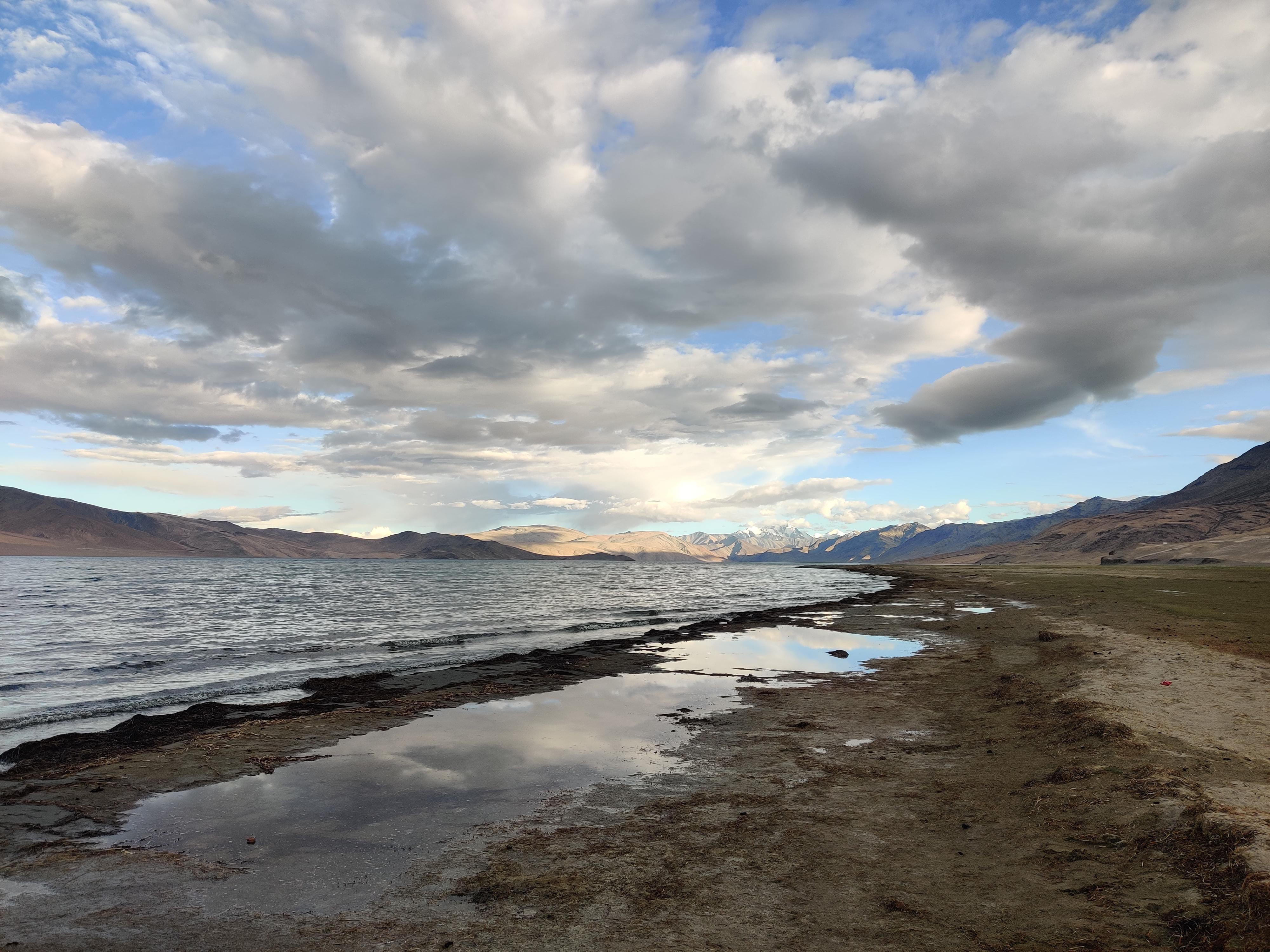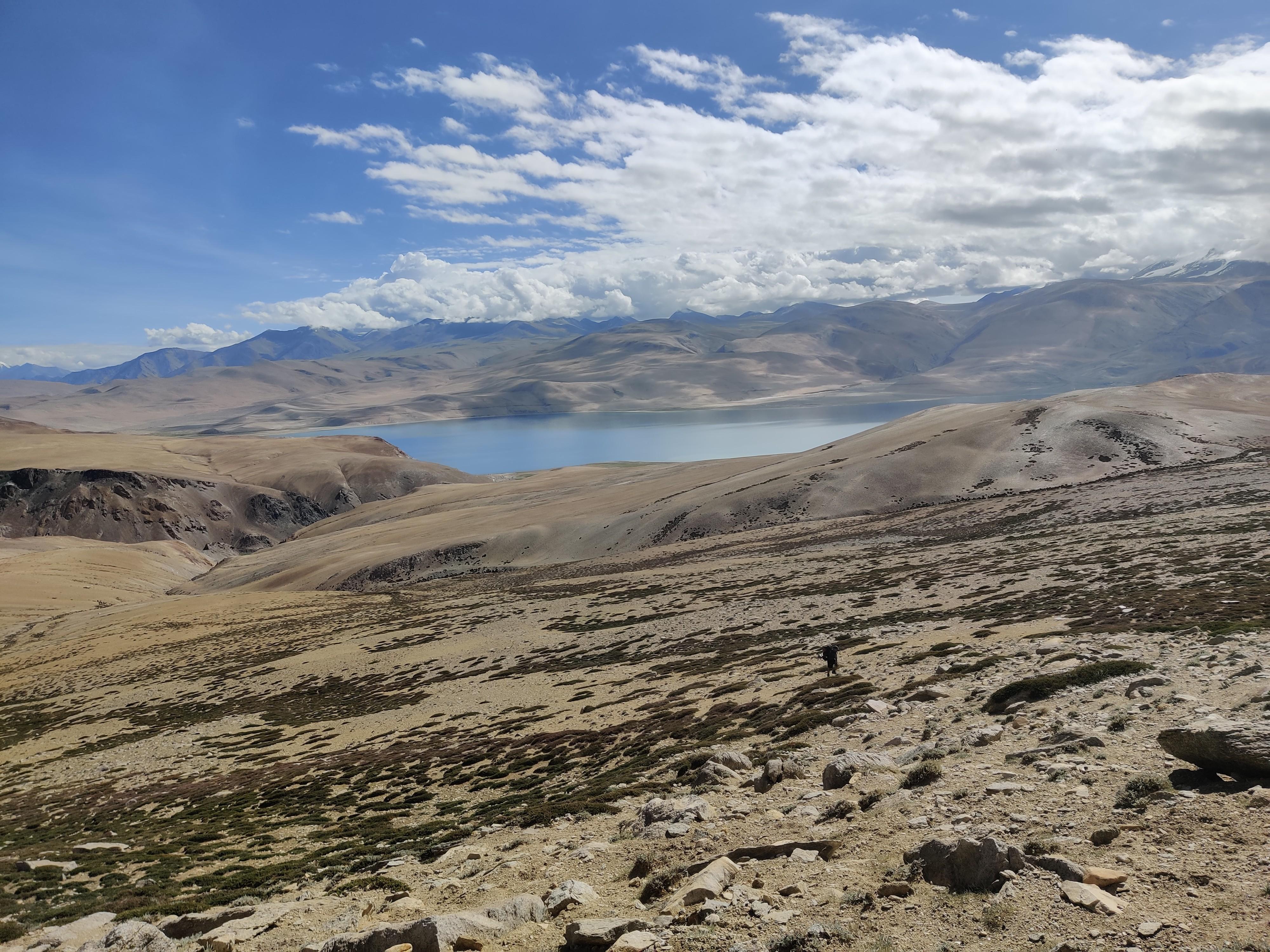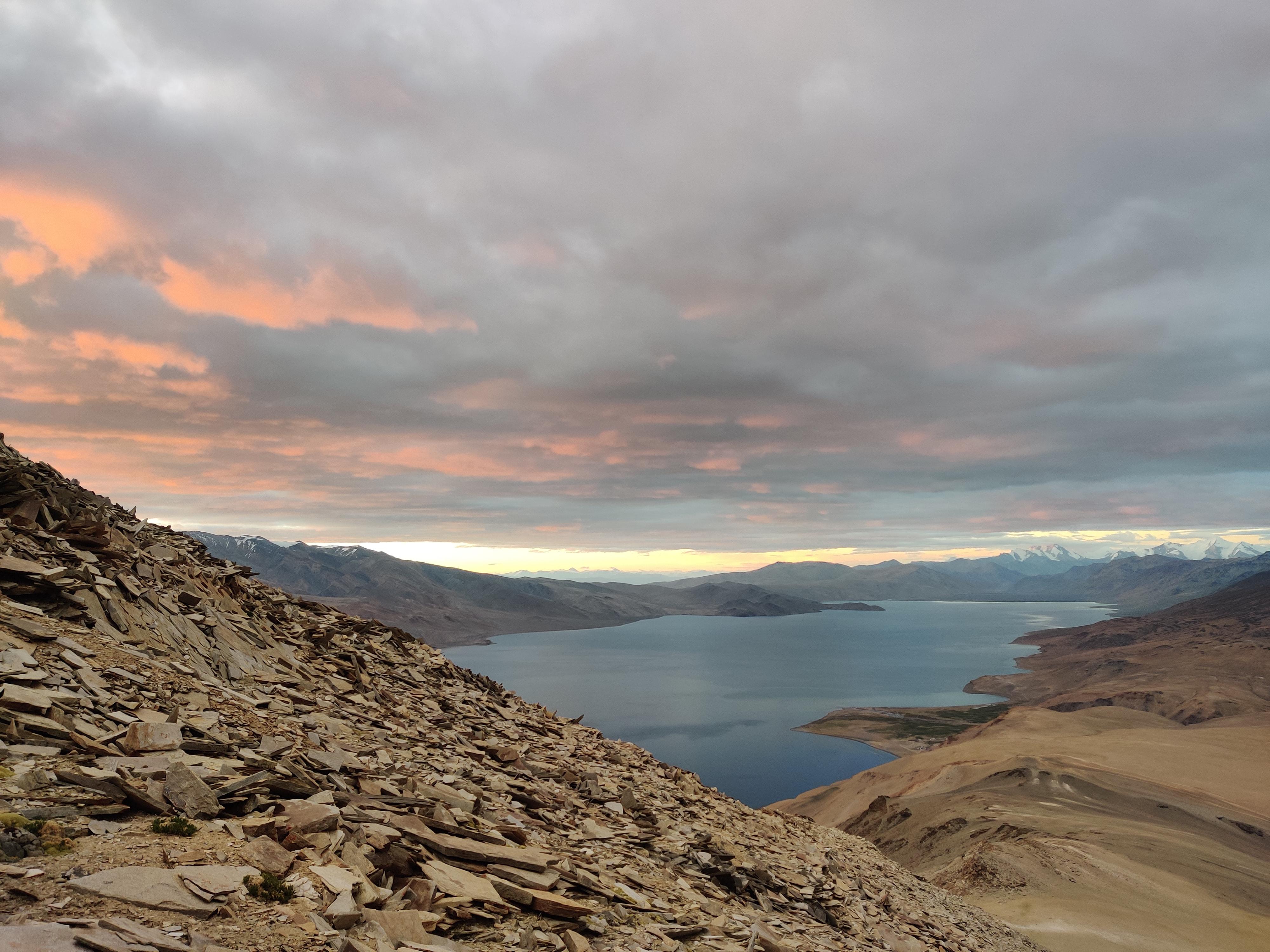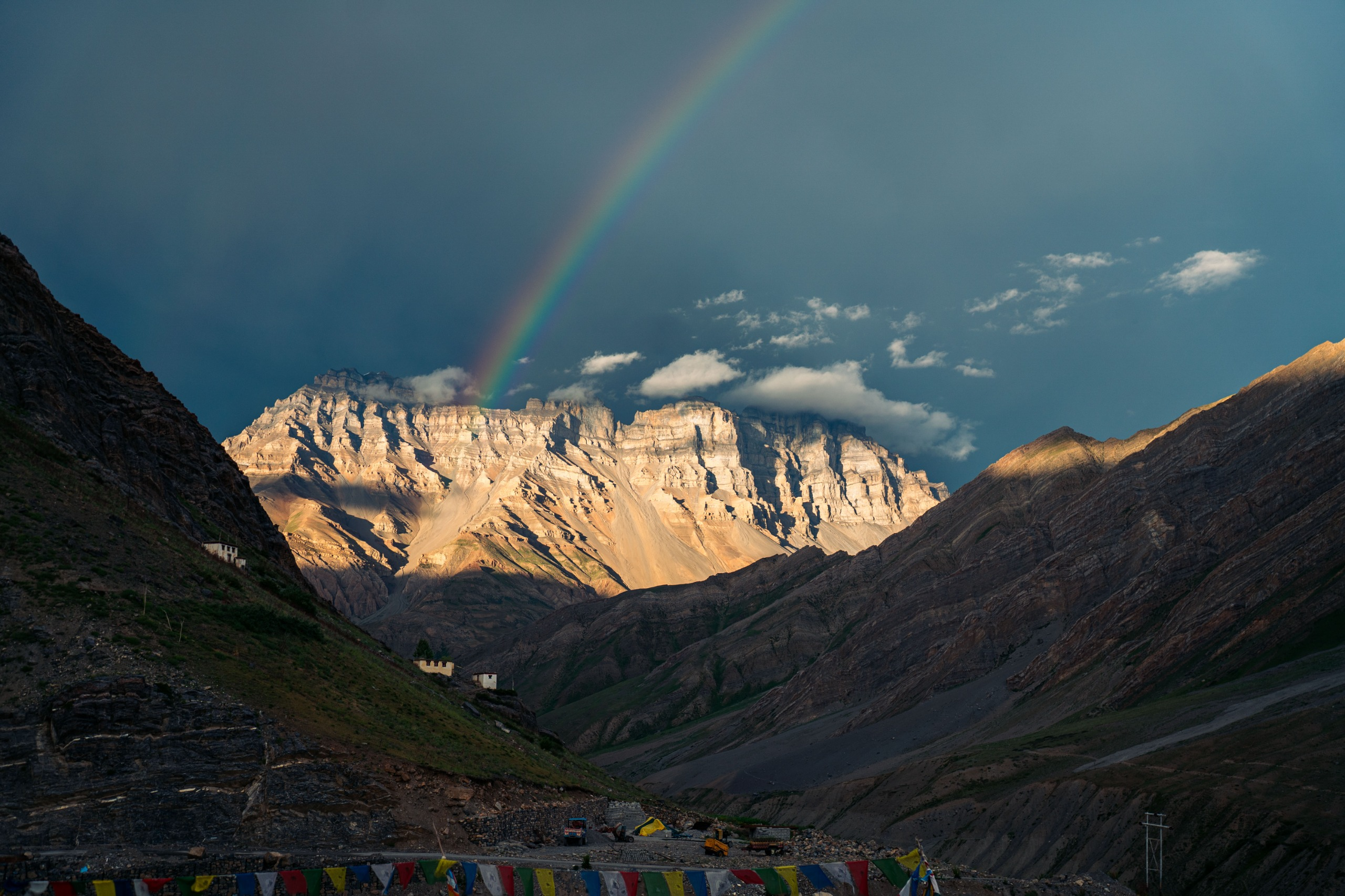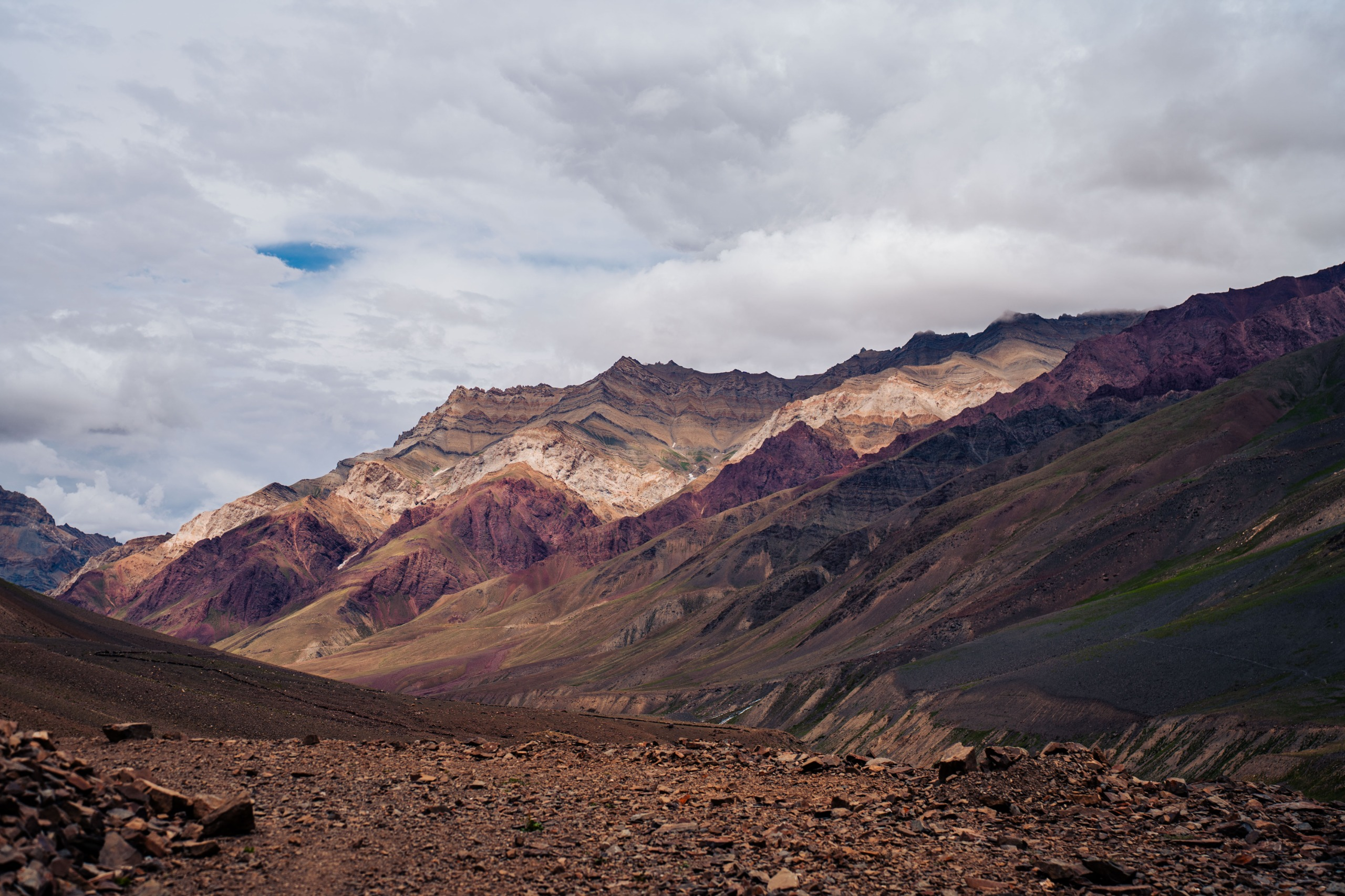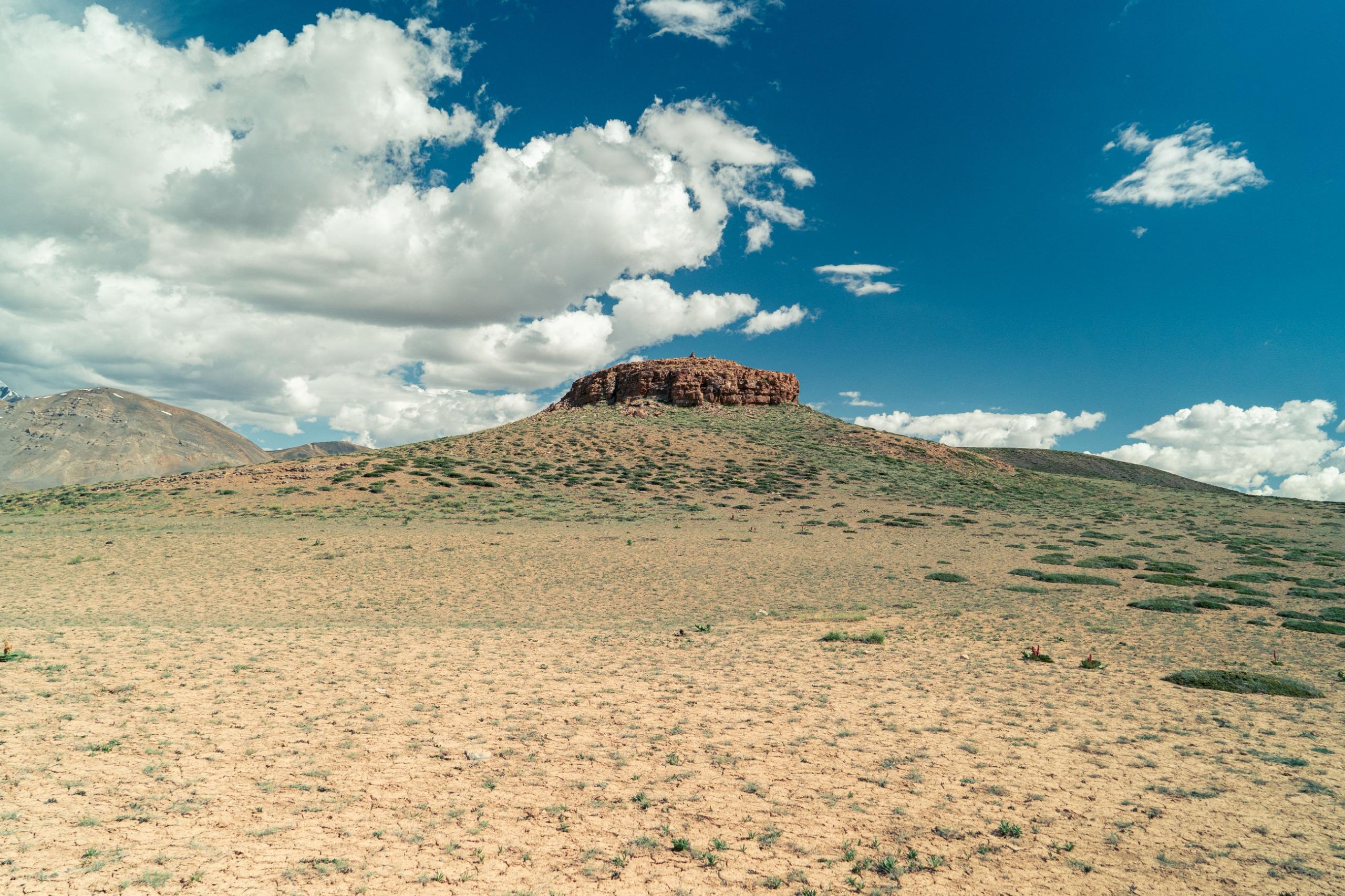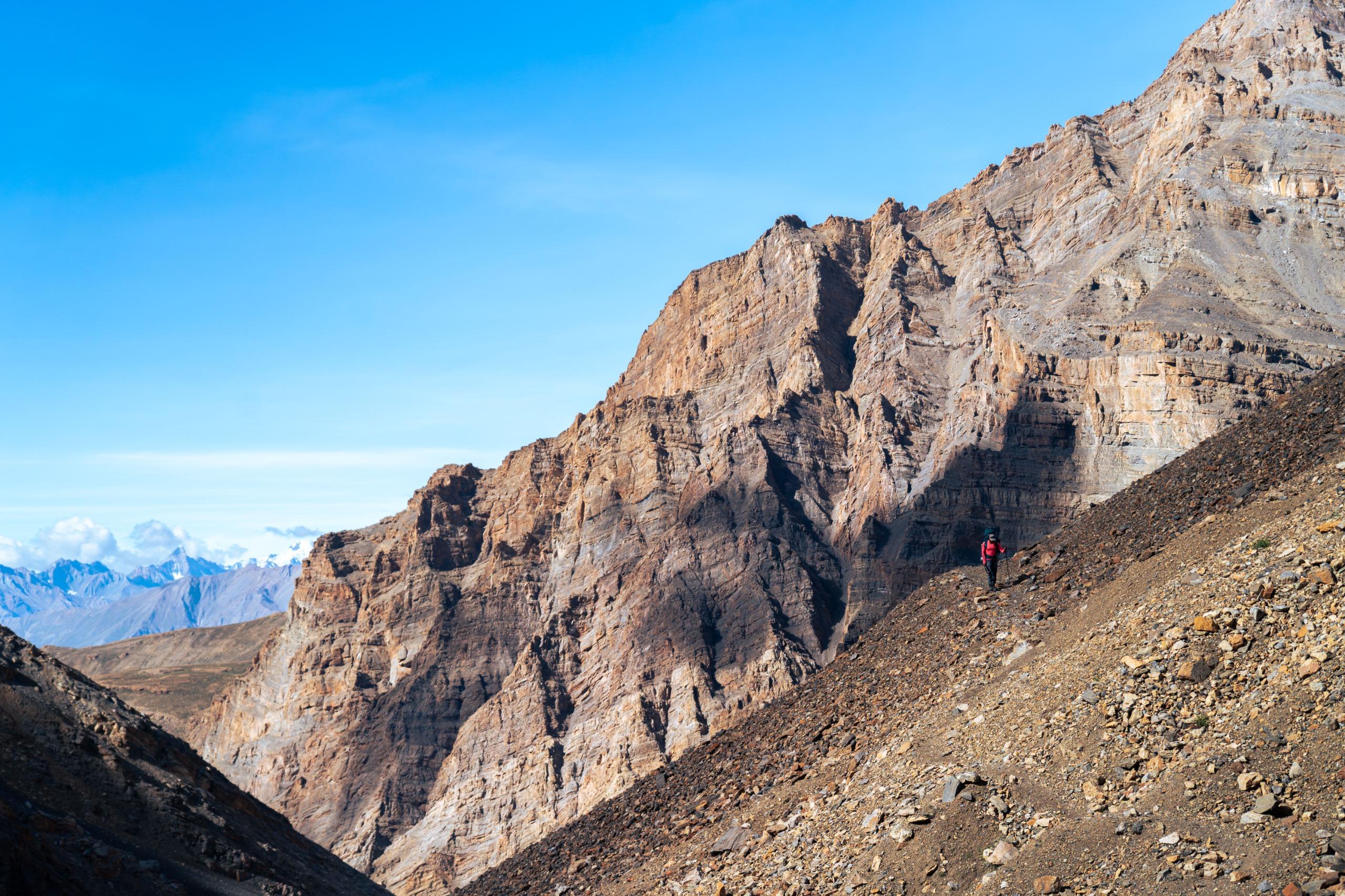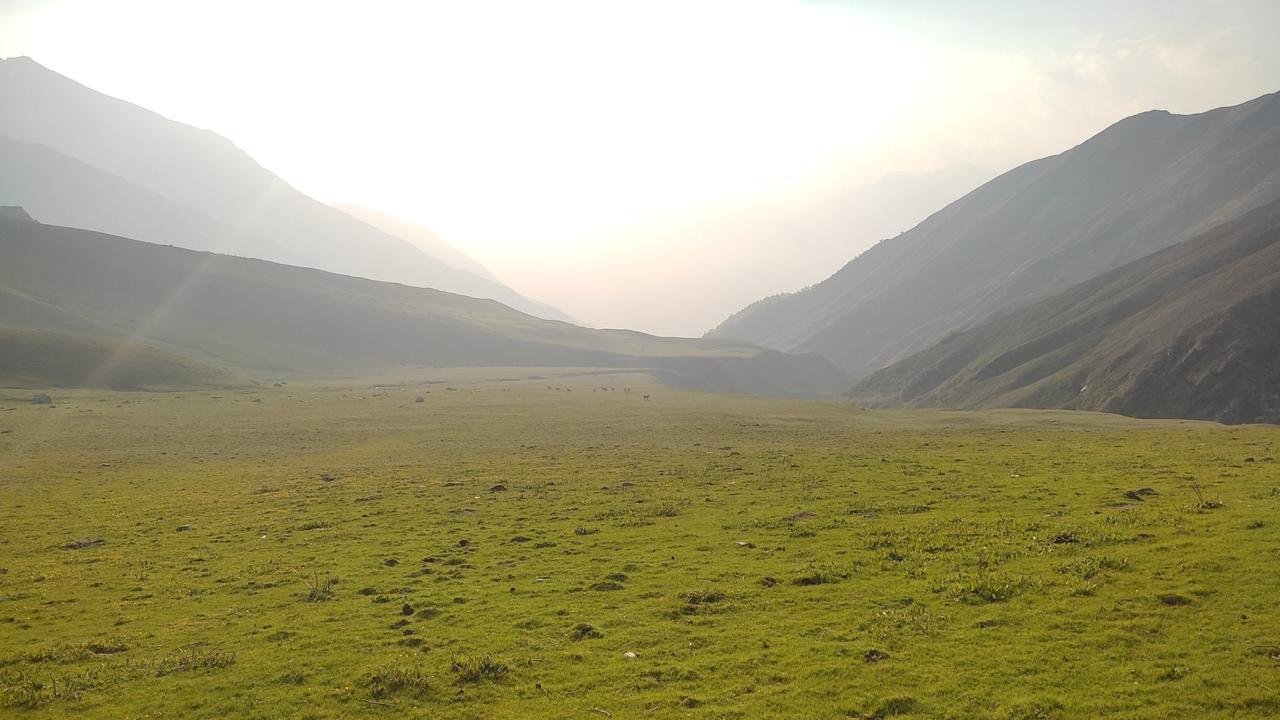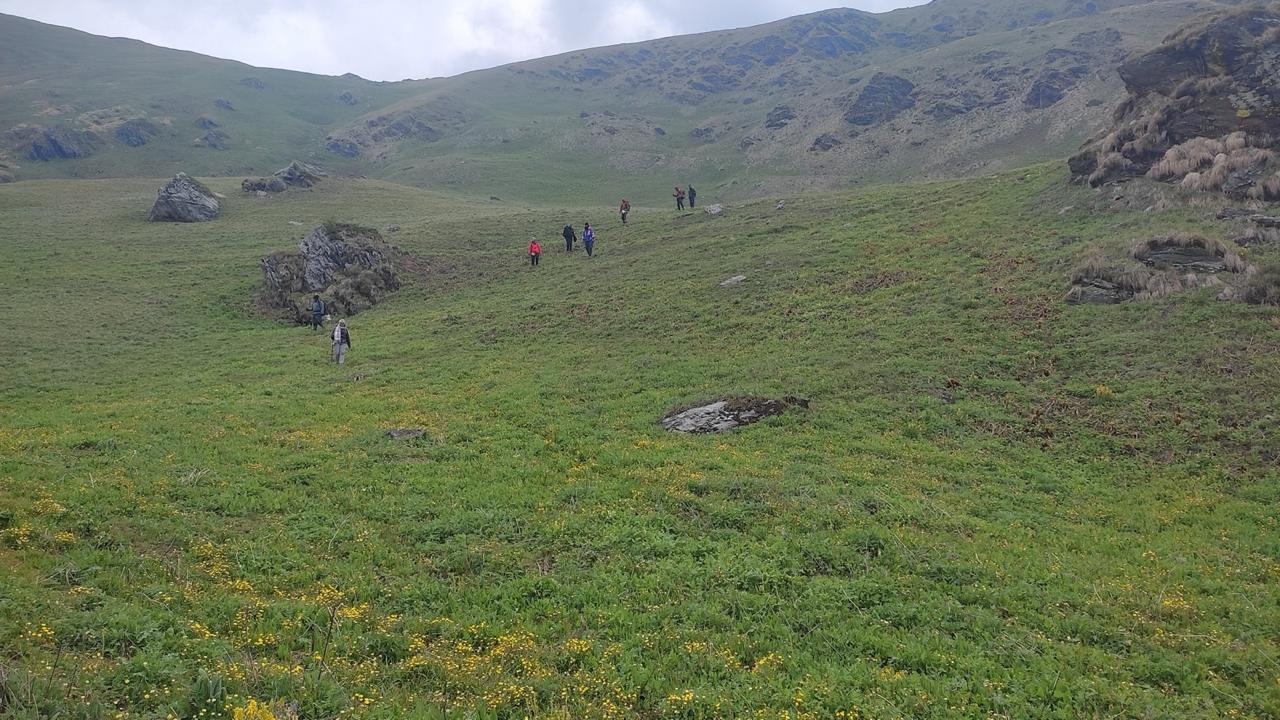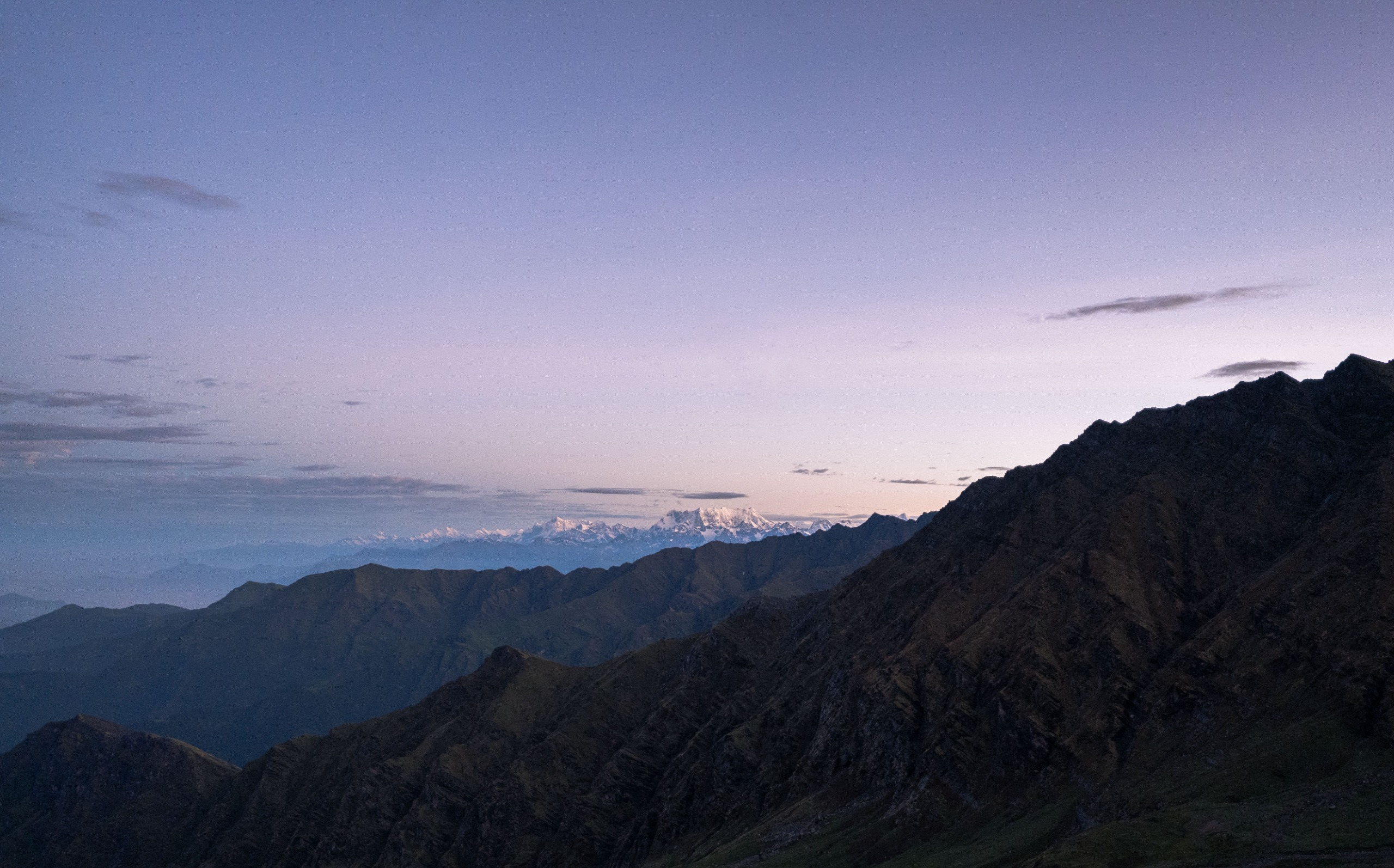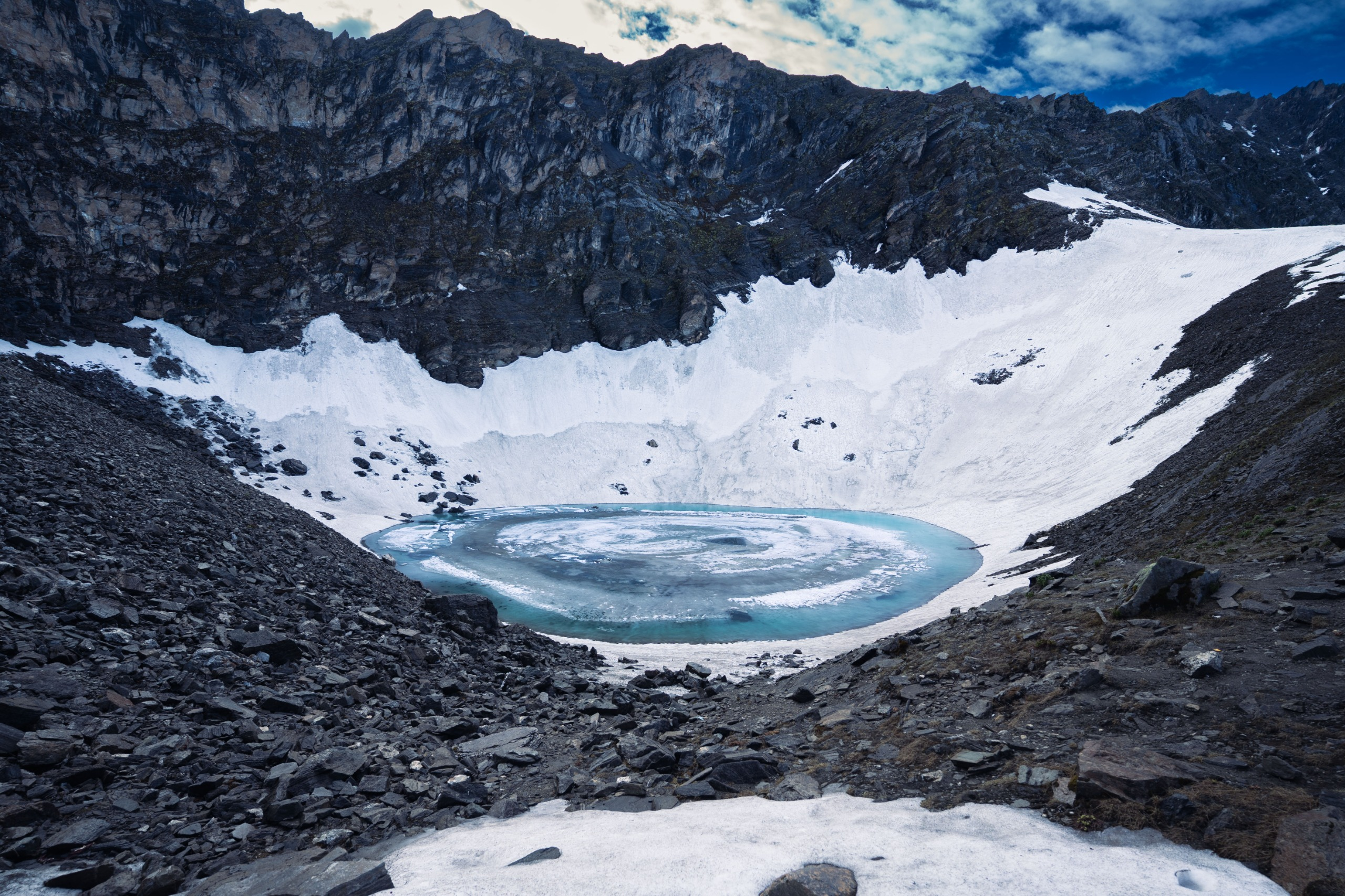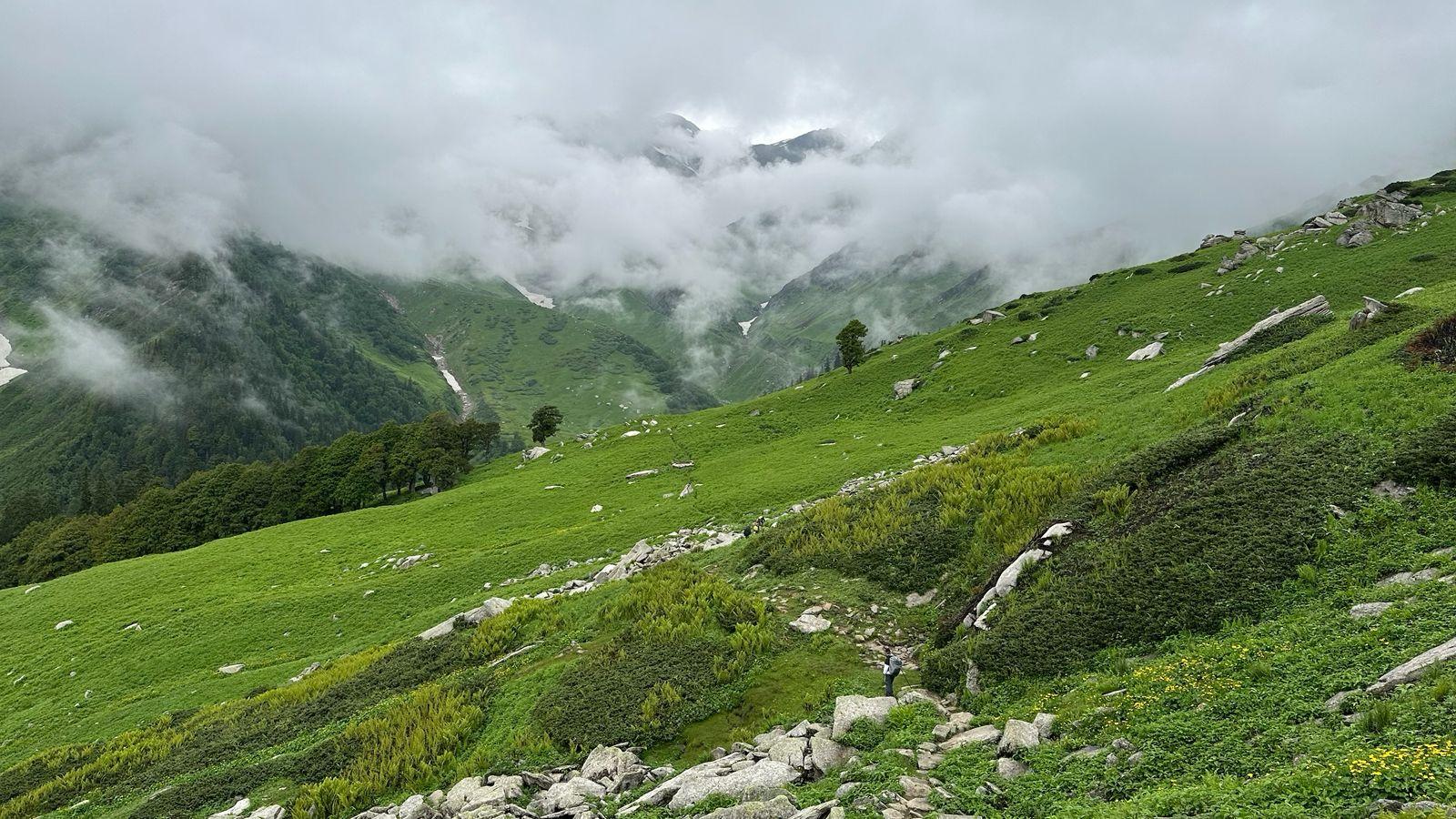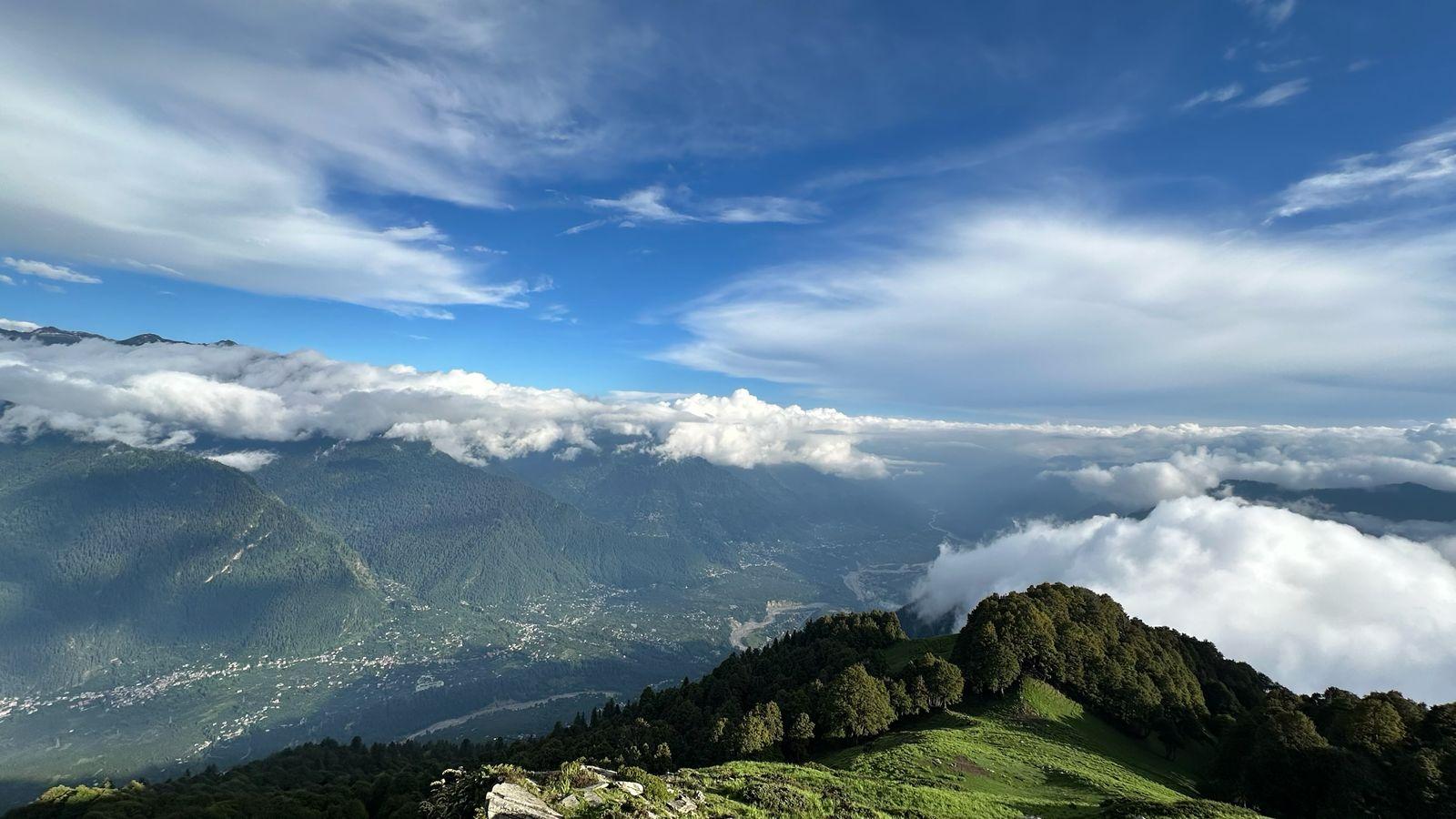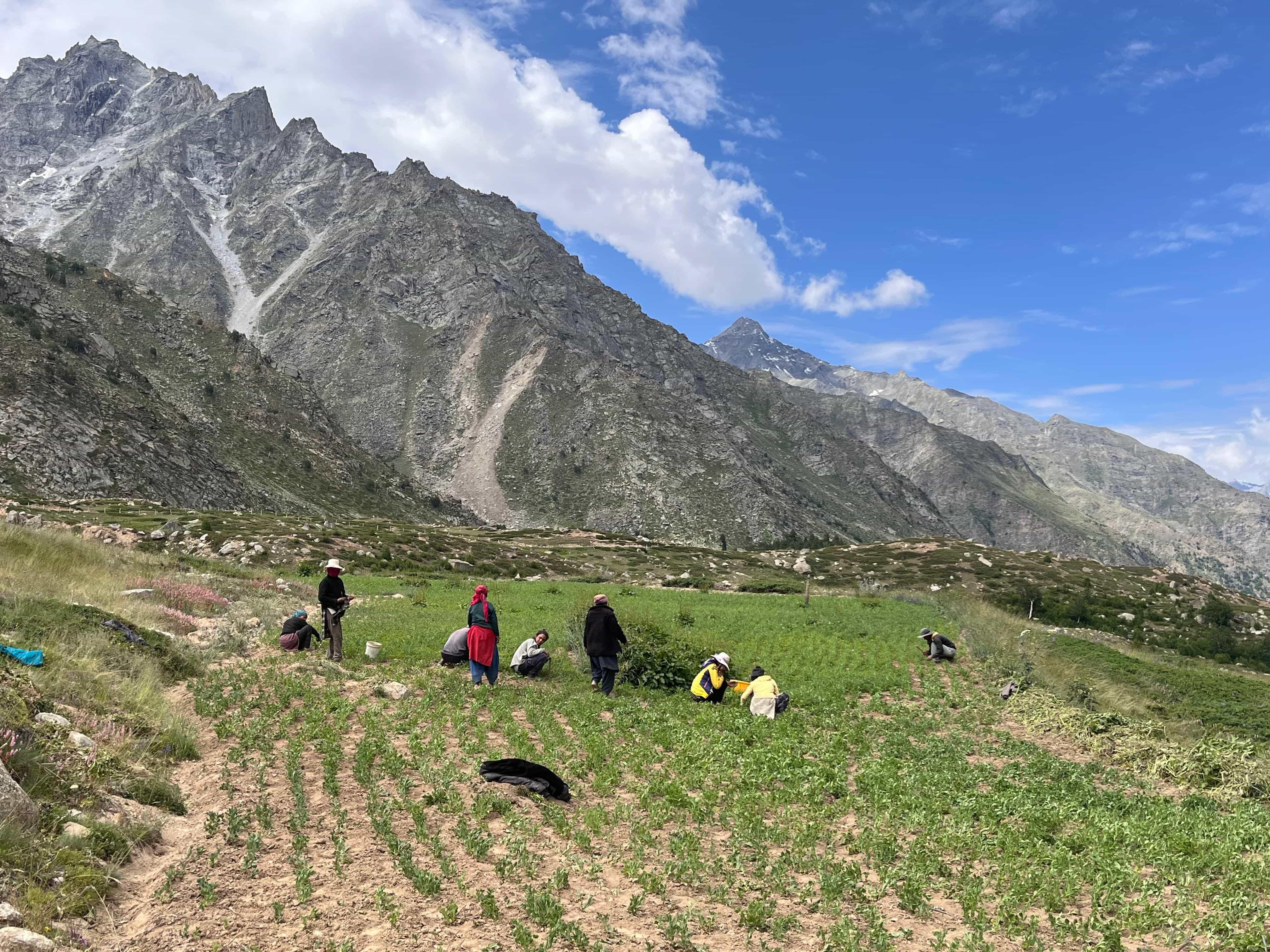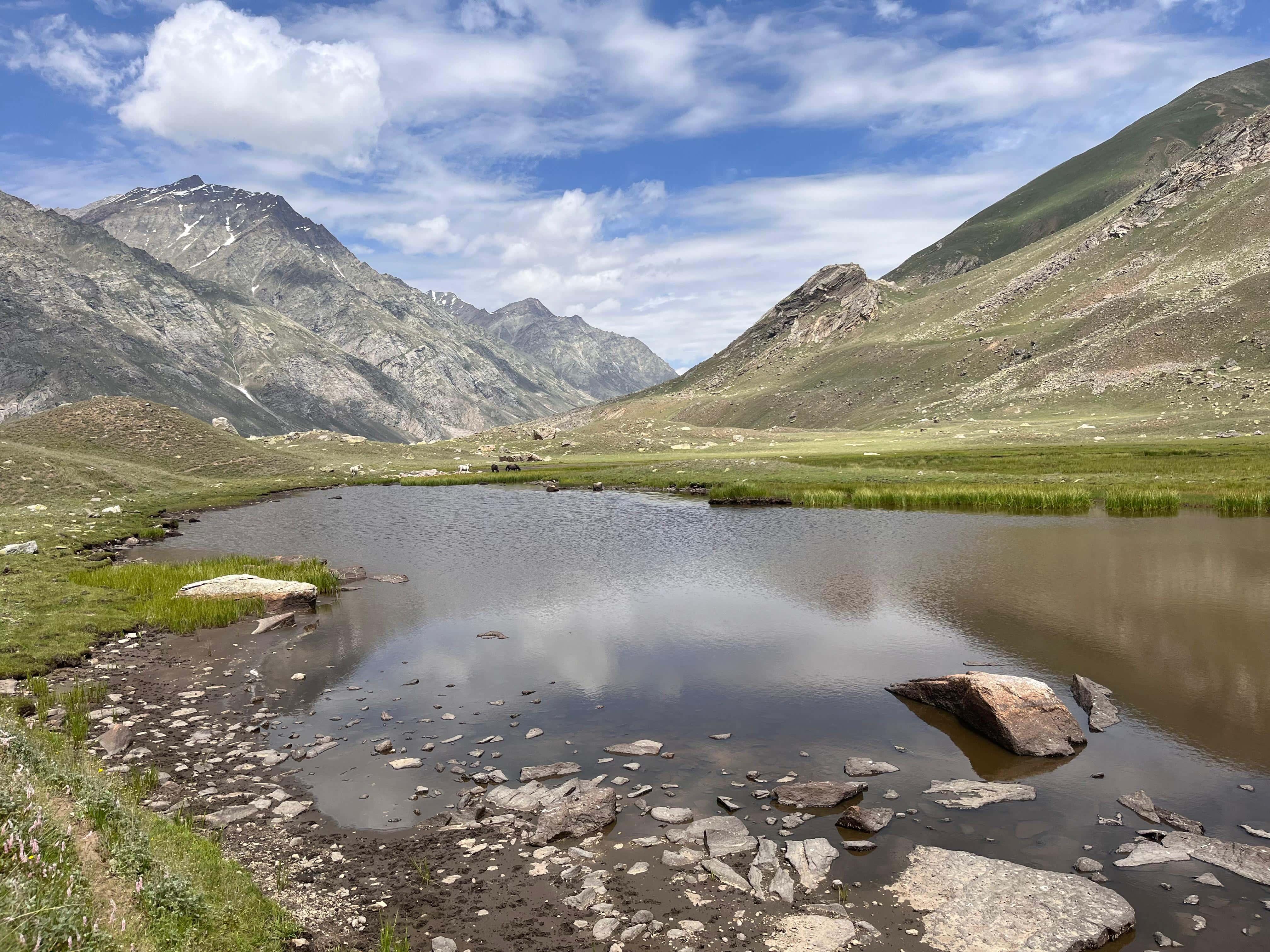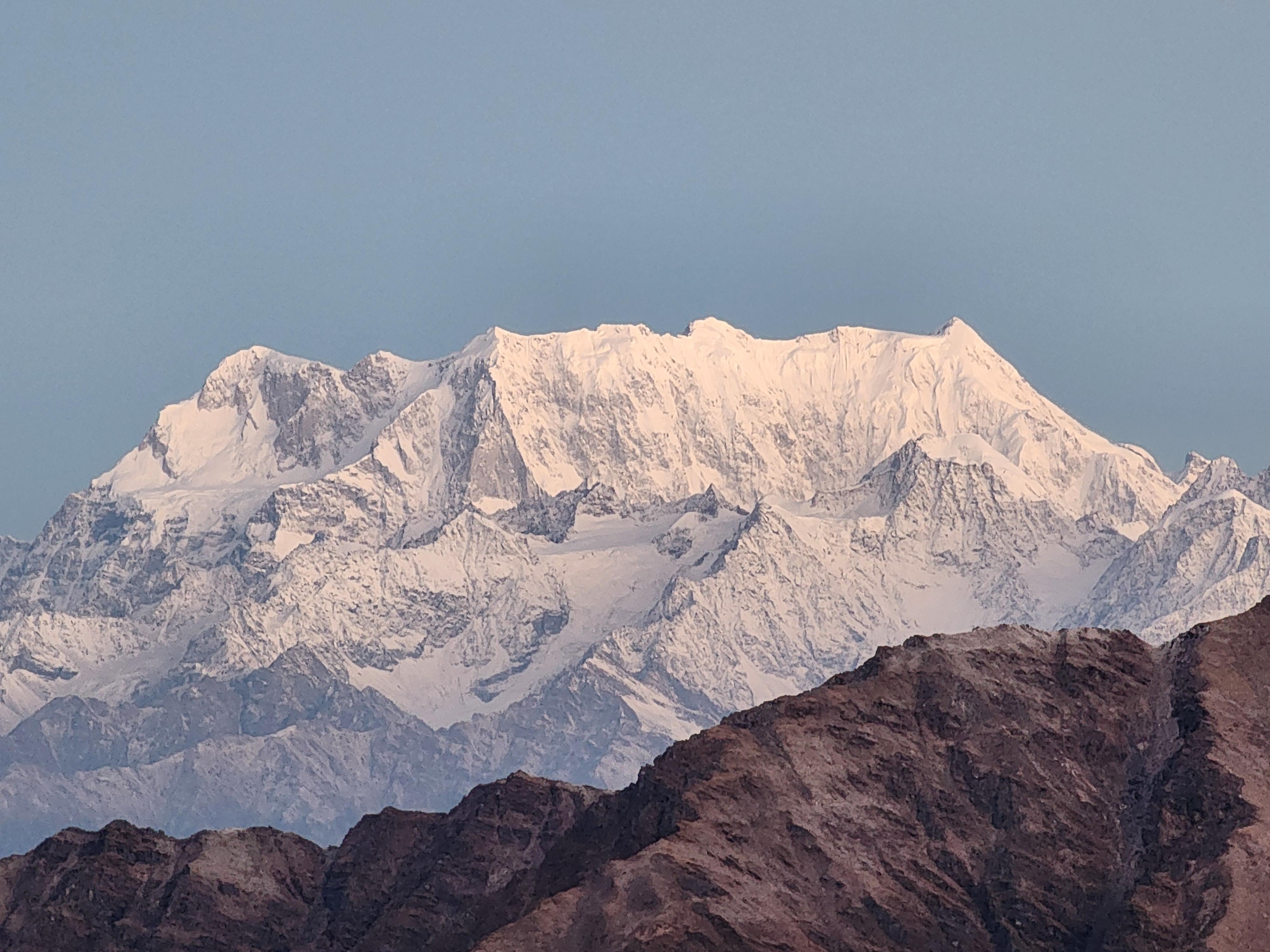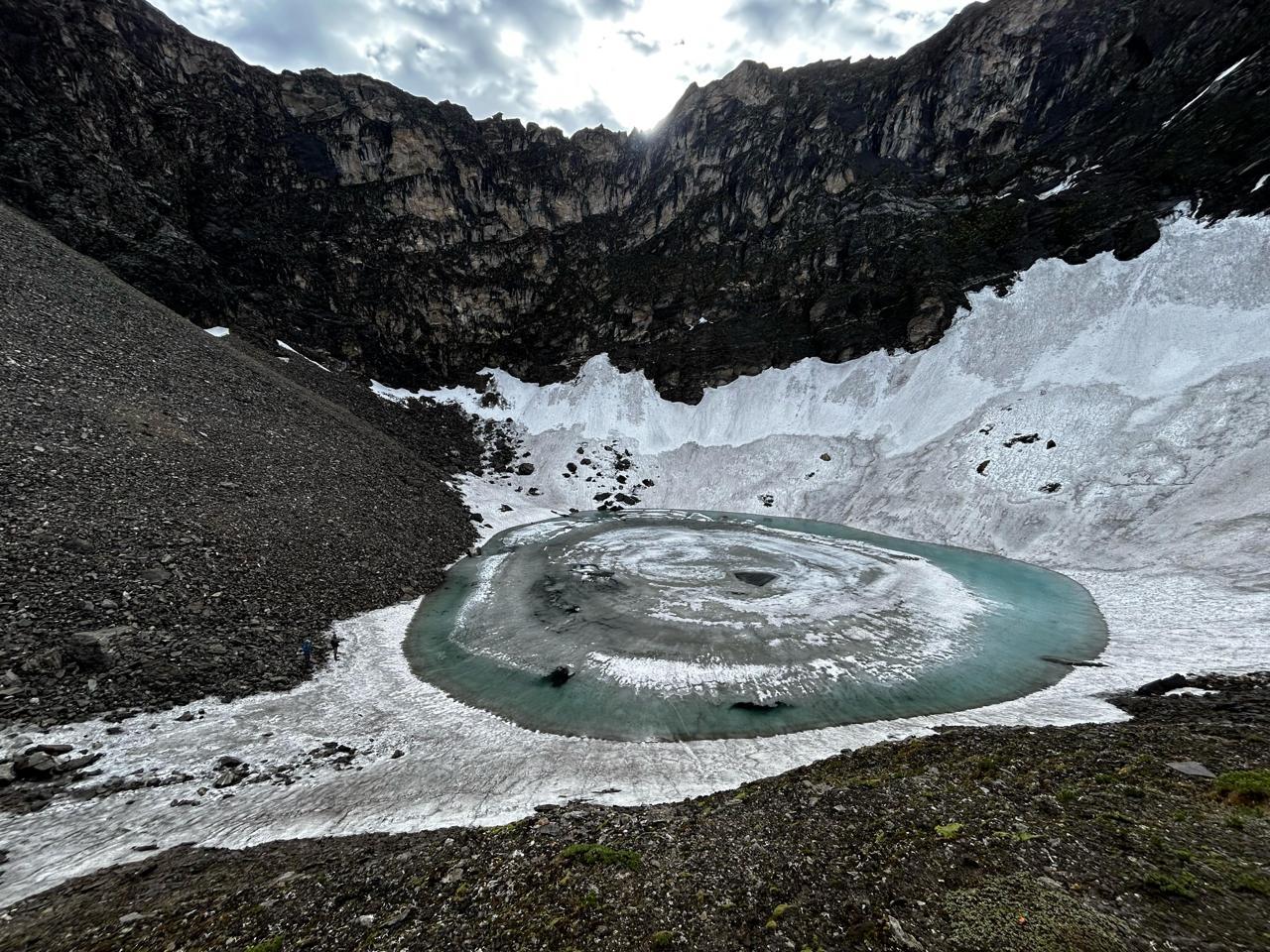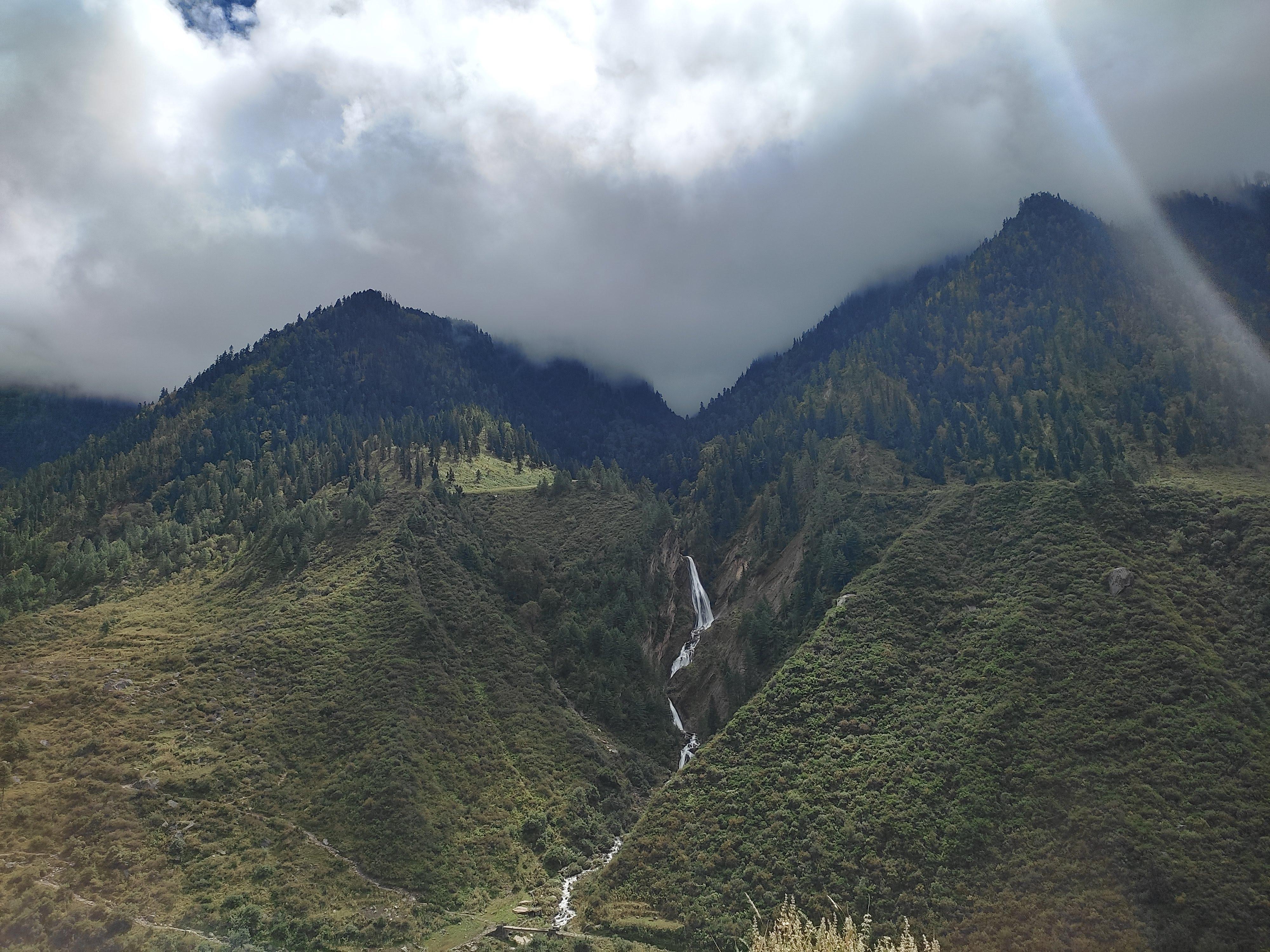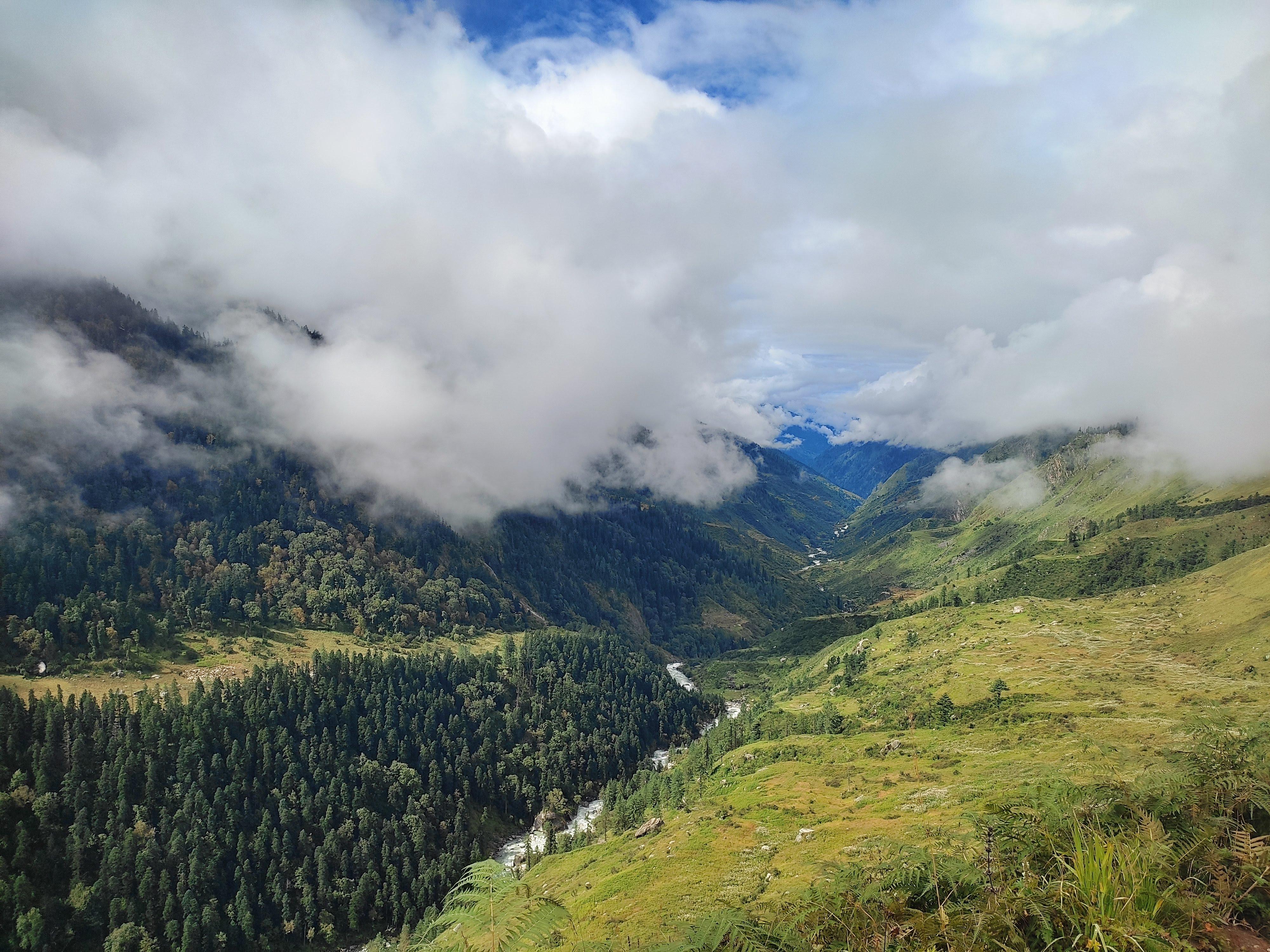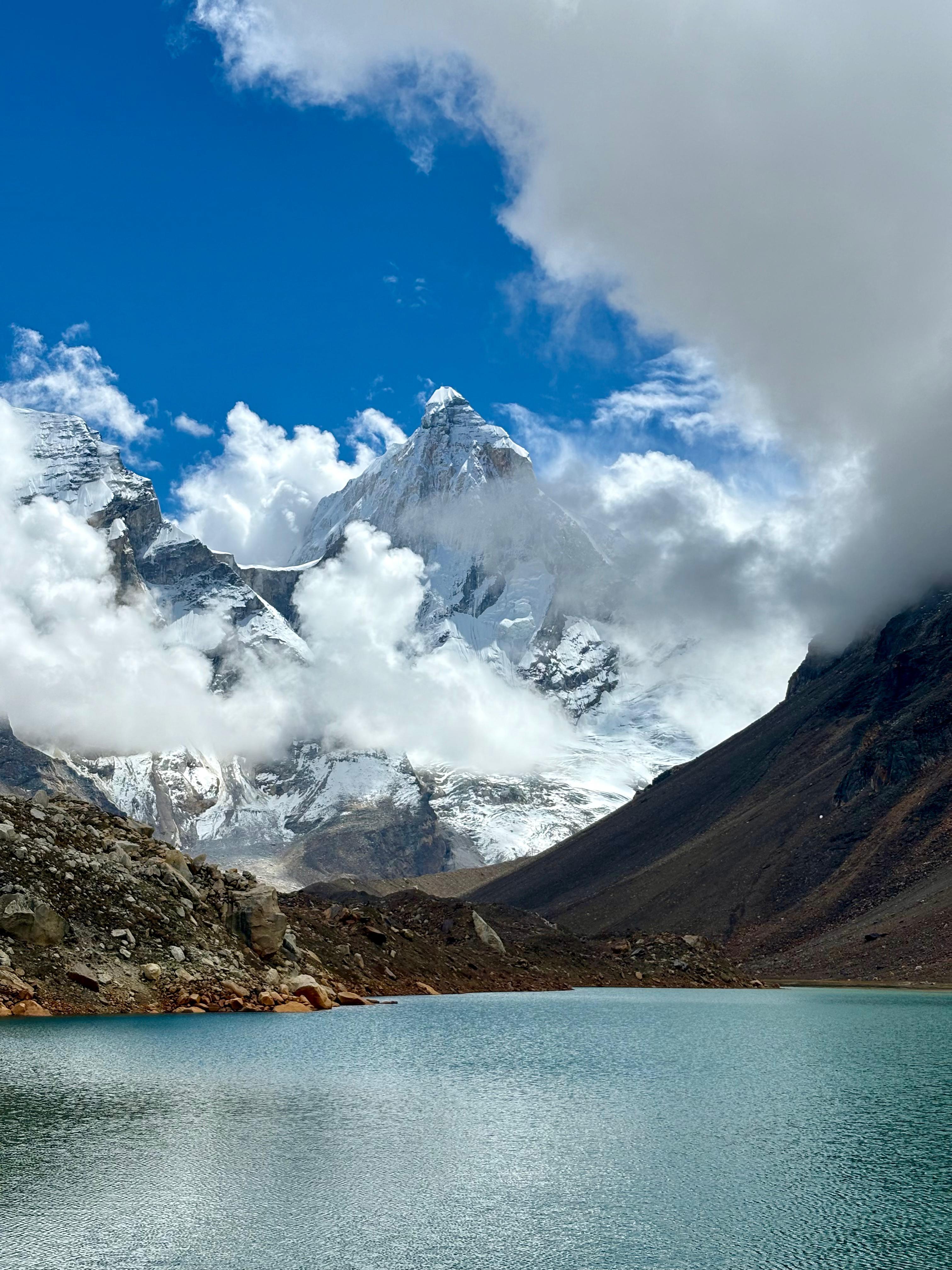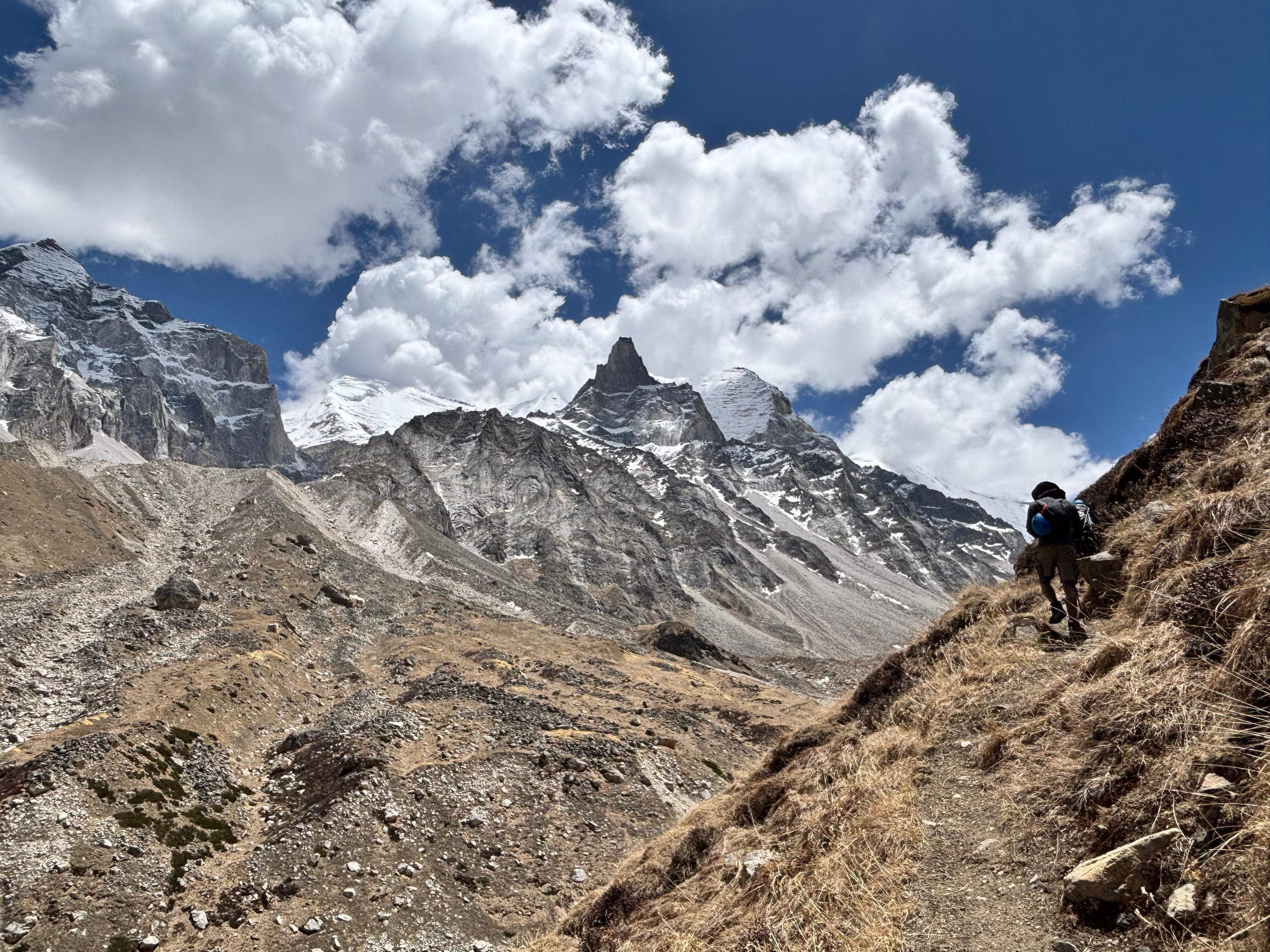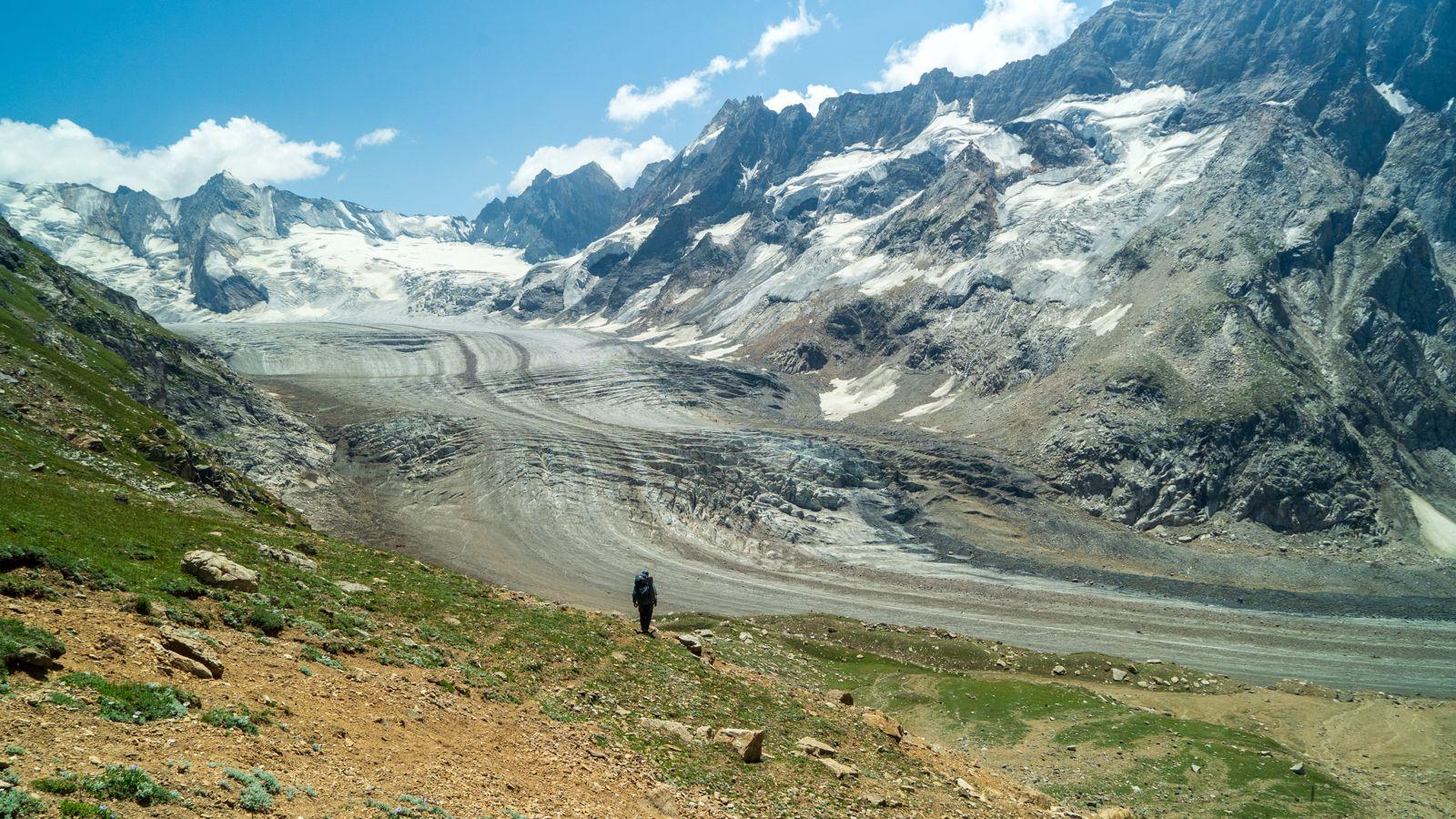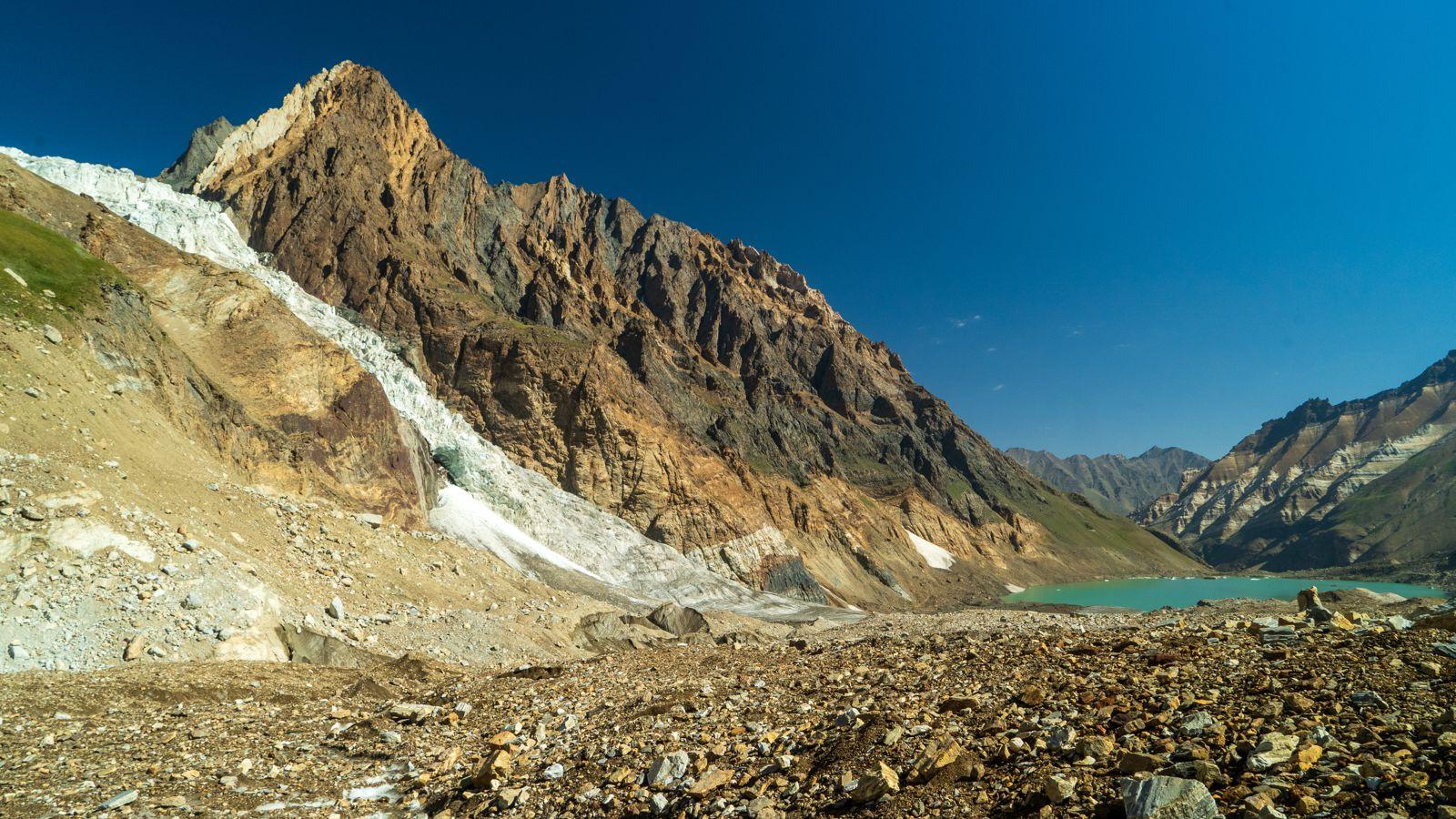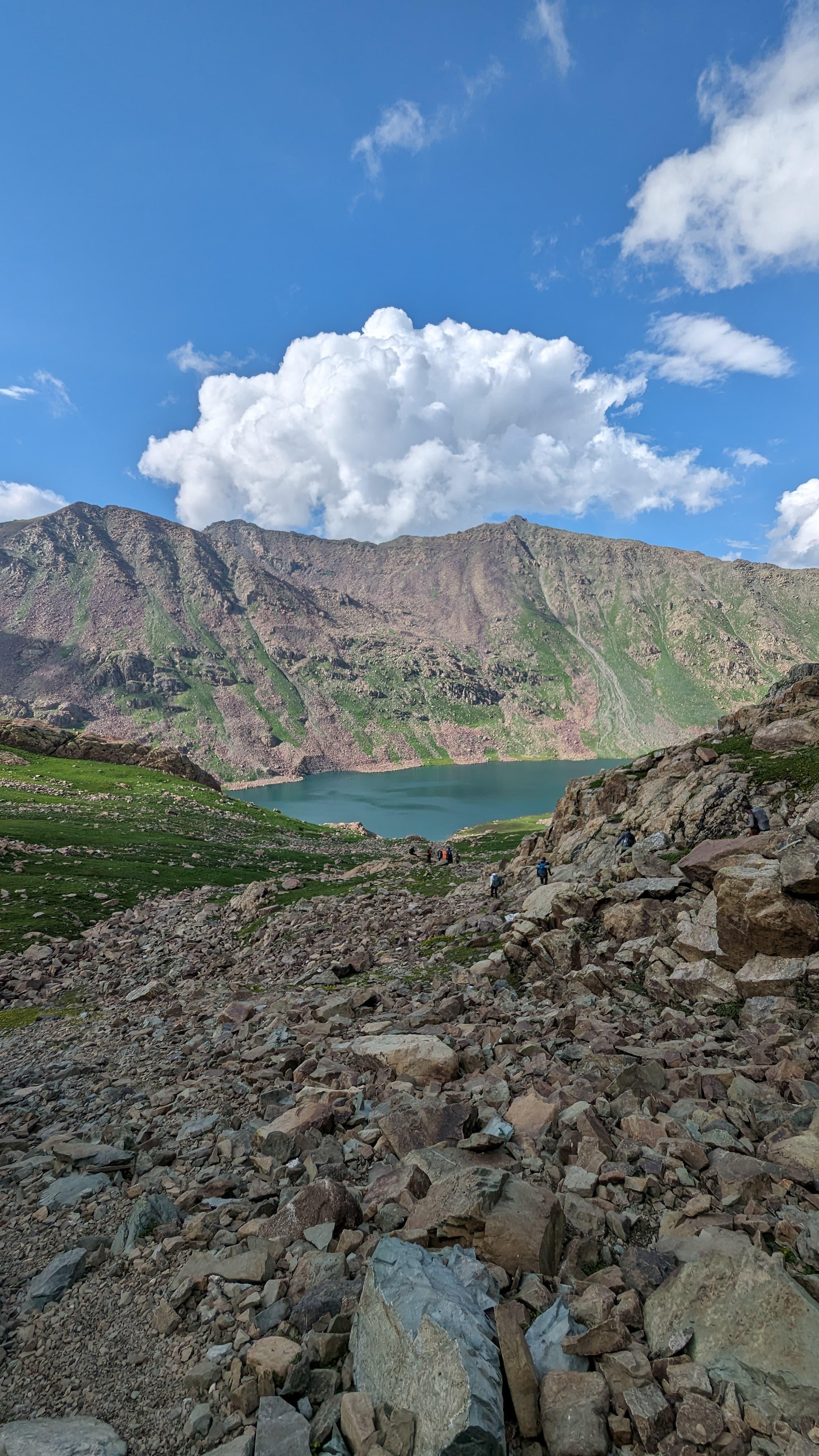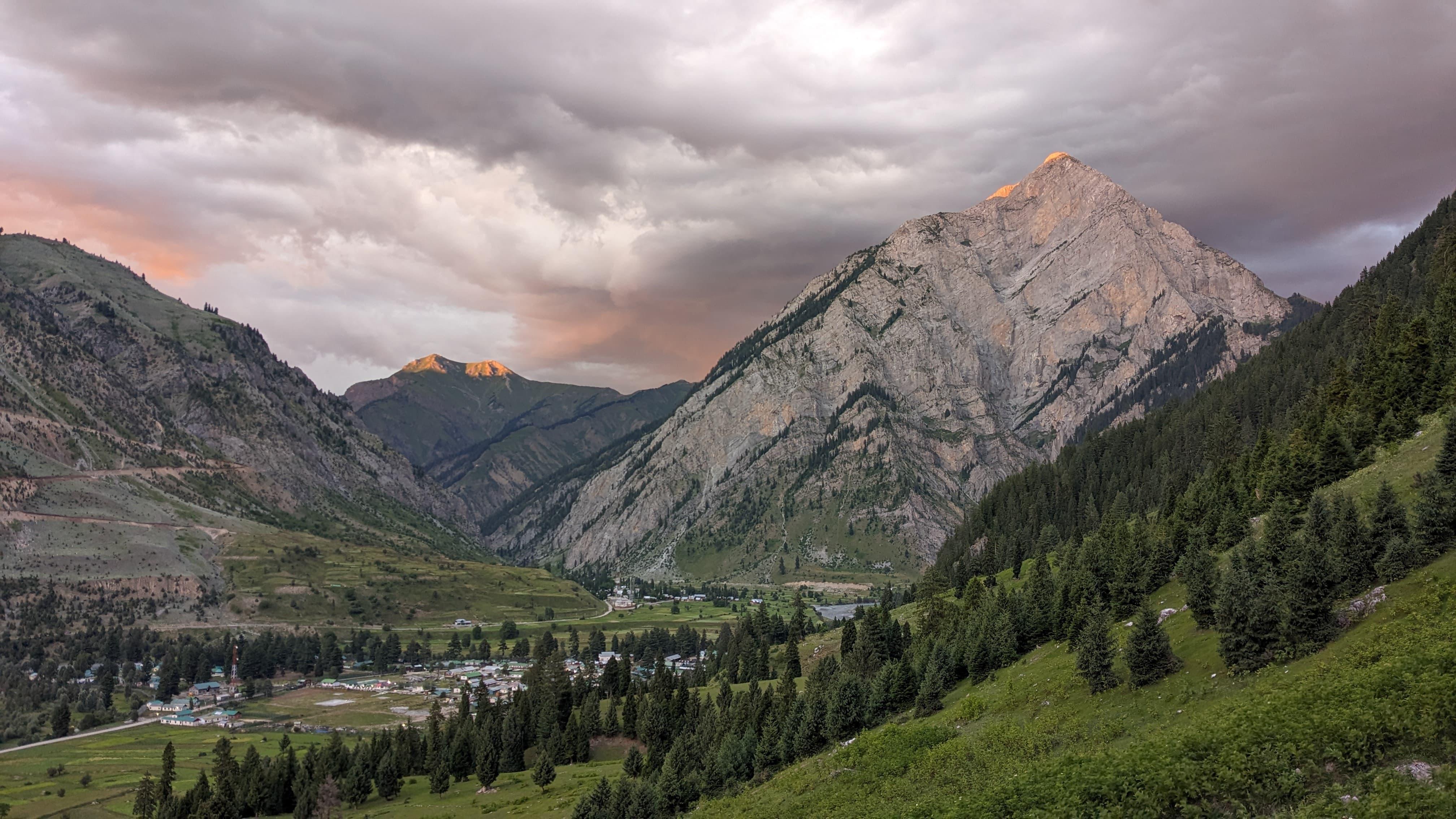The Mentok Kangri Expedition offers a deep dive into the untamed wilderness of Ladakh’s Changthang plateau, home to semi-nomadic Changpa tribes and dotted with sapphire lakes like Tso Moriri. Mentok Kangri, named after the wildflowers (Mentok means “flower” in Ladakhi) that bloom on its lower slopes in summer, stands at an imposing 6,250 m, offering trekkers a chance to scale a high-altitude peak with relatively low technical difficulty.
Historically, this region was part of the ancient Silk Route that linked Tibet to Ladakh, and you’ll find its echoes in the sturdy yak-wool tents, prayer-flag strewn passes, and ancient grazing trails. The Changpa people, with their yak and pashmina herds, have eked out a living here for centuries in one of the most hostile environments on Earth.
Trivia: Tso Moriri was once believed to be a “hidden lake” visible only to the worthy, and even today, it is protected as a wetland sanctuary. The lake lies entirely within India and holds spiritual significance for locals.
On this expedition, you’ll move through stark landscapes sculpted by wind and time, cross glacial moraines, and climb to Mentok’s summit ridge, rewarded by views stretching all the way to Tibet and Spiti on a clear day.
Day 0
Arrival in Leh (3,500 m)
Fly into Leh, the gateway to Ladakh. The flight itself is unforgettable, with aerial views of endless snow-capped peaks. Today is a rest and acclimatization day, critical for your body to begin adapting to the thin air. Spend the day exploring Leh’s vibrant bazaars, where prayer wheels spin endlessly and shopfronts overflow with pashmina, turquoise, and apricots. A short walk to Shanti Stupa at sunset offers panoramic views of the Indus valley. You will meet us on Day 1.
Day 1
Acclimatization hike in Leh
We hike to Tsemo Monastery or up towards the ridge above Leh. This gentle climb helps your body adjust while rewarding you with incredible views of the Stok Kangri range and the Indus snaking below. By afternoon, you’re back in town, free to explore local cafés or visit Leh Palace.
Day 2
Leh to Karzok (4,530 m) — 7 hr drive
An exhilarating drive across the high-altitude desert, crossing Mahe Bridge and passing salt lakes and grazing herds of yaks and kiangs. The journey itself feels like a documentary on Ladakh’s landscapes. We stay in a homestay in Karzok, the only permanent settlement on the banks of Tso Moriri, one of the highest freshwater lakes in the world. The lake’s turquoise waters mirror the barren peaks that surround it, and the air hums with the cries of migratory birds.
Day 3
Acclimatisation at Karzok
This day is all about acclimatising at 15,500 ft (4,600m). We aim to touch 5,000m hiking to a view point to witness the grand view of Tsomori ri. We also take this day to plan our equipment and ration for the upcoming days.
Day 4
Karzok to Mentok Kangri Base Camp (5,100 m) — 8 km | 8 hr
We leave the village behind and gradually ascend through open grazing grounds and rocky ridges. The terrain is arid, with splashes of color from wildflowers and hardy alpine shrubs. Marmots might whistle in warning as we pass. The base camp sits on a broad moraine field, offering wide-angle views of the Tso Moriri basin below and Mentok’s massifs above.
Day 5
Load ferry and acclimatisation
We load up our technical gear and keep it at the summit camp 1 1km from the basecamp. We spend time get familiar with the technical gear, practice them, rope up and see the technical sections. We also go on small hikes around.
Day 6
Base Camp to Summit Camp (5,500 m) — 1.5 km | 5 hr
Today is a short but challenging day. The route climbs steeper slopes of scree and compacted snow patches. We establish summit camp on a high plateau beneath the summit ridge. The air is thin, and the winds can be fierce, but the views of endless snow peaks to the south and the shimmering lake far below are unforgettable.
Day 7
Summit Attempt (6,250 m) and return to Base camp — 4km | 10-12 hr
We start before dawn, headlamps cutting through the darkness. The climb is gradual at first, over hard snow slopes. Higher up, we encounter steeper sections leading to the summit ridge. Depending on conditions, crampons and ice axe may be required. The final push brings you to the summit where you’re greeted by jaw-dropping views: Tso Moriri like a jewel below, the Ladakh, Zanskar, and even parts of the Tibetan Himalaya stretching endlessly around you.
Day 8
Trek to Karzok and Drive to Leh
After soaking in this achievement, we carefully descend all the way to Karzok.
We then drive to Leh and reach by 8-9pm on Day 8.
Plan your travel on Day 9
Minimum Fitness Required
- Prior experience above 5,000 m (essential).
- Ability to trek 10-12 hours on summit day with a pack.
- Must have trained or ran a half/full marathon
Our Expectation from Participants
- Commitment to pre-expedition fitness.
- Must have attempted one 5,000m peak/pass in the Himalayas.
- Comfort with basic mountaineering equipment.
- Willingness to work as part of a rope team and follow safety protocols.
How We Help You Prepare
- Custom fitness plan
- Gear list consultation
- Expedition briefings by experienced leaders
- Pre trek video call briefing
Inclusion
Exclusion
Where is Mentok Kangri located and what is its elevation?
Is Mentok Kangri a trek or a climb?
What is the difficulty level of Mentok Kangri?
Do I need any prior mountaineering experience or certification?
What is summit day like on Mentok Kangri?
You return to base camp the same day. Total time: 8–12 hours roundtrip.
When is the best time to climb Mentok Kangri?
Is Mentok Kangri a good alternative to Stok Kangri or Kang Yatse II?
SELECT DATE TO REGISTER
Thank You!
Your form has been submitted successfully. We'll get back to you soon.
₹41,499 + 5% GST
